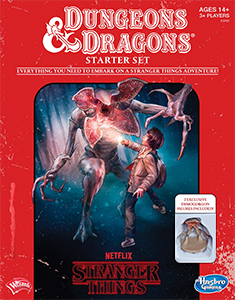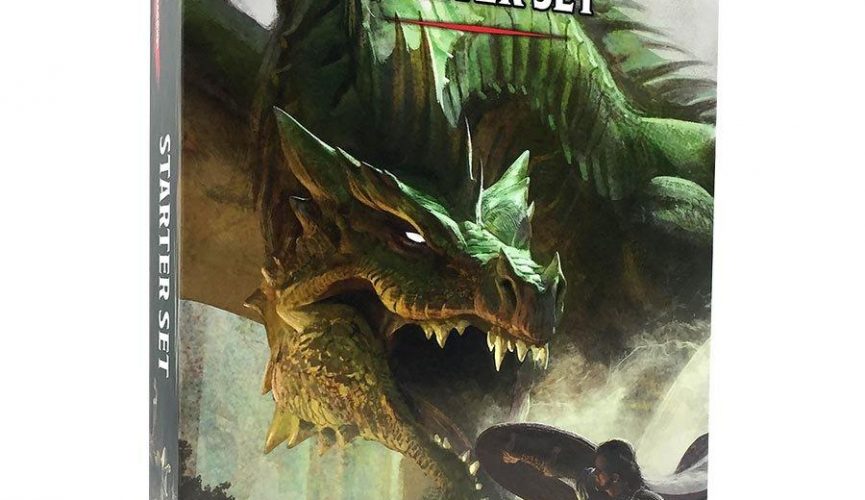Society :
In the primary version, they were depicted as seriously inquisitive and scholarly, keeping in subject with their spell-projecting specialty, with an interest in gemstones. They commonly lived on slopes and went about as mediators between dwarves, mythical people, and halflings. In the subsequent version, dwarves got a further foundation. As per The Complete Book of Gnomes and Halflings, dwarves have a multifaceted society dependent on their adoration for a wide range of expressions, tricks, and long lives.
Their general public depends on craftsmanship; all dwarves should take up some type of workmanship whether music, painting, cooking, building, or whatever other structure that is considered imaginative when they grow up. dnd gnome name generator is normally amicable, profoundly friendly, and carefree individuals. They are regarded by mythical beings for their fellowship with nature and information on obscure sorcery, respected by halflings for their humor, and searched out by dwarves for their jewel-cutting abilities.

Religion
- Garl Glittergold was made by James M. Ward and first showed up in the “Nonhuman Deities” part of the first Deities and Demigods as the lord of little persons. Roger E. Moore point by point a few extra gnomish divine beings in his article “The Gods of the Gnomes” in Dragon, including Baervan Wildwanderer, lord of experience and hoodlums;
- Urdlen (“The Crawler Below”), divine force of malevolence; Segojan Earthcaller, lord of earth and nature; and Flandal Steelskin, divine force of metalworking; these four more up to date divine beings additionally showed up in the first Unearthed Arcana.
- Each of the five of these gods was itemized for Advanced Dungeons and Dragons second release in the book Monster Mythology via Carl Sargent, including insights regarding their organizations; this book likewise presented extra divine beings including Baravar Cloakshadow, lord of figments, security, and trickiness;
- Gaerdal Ironhand, divine force of insurance, cautiousness, and battle; and Nebelun (The Meddler), lord of innovations and best of luck. These divine beings additionally got an exceptionally itemized depiction for their parts in the Forgotten Realms in Demihuman Deities.
Publication history
Advanced Dungeons & Dragons 1st edition
The elf showed up as a player character race in the first Player’s Handbook. The elf likewise showed up in the first Monster Manual. A new gnomish subrace, the profound elf (svirfneblin), was introduced as a person race in the first Unearthed Arcana. One more dwarf subrace, the handyman little person (minoi), zeroed in on building mechanical gadgets, was introduced in Dragonlance Adventures. The funny Solo Quest experience Gnomes-100, Dragons-0 highlighted these elves in their opposition against the winged serpent multitude of Takhisis.
Gnome was initially acquainted with Dungeons and Dragons as another option to dwarves, mythical beings, and halflings. They were created from folklore from various sources, initially being an unshaven, short race like halflings and dwarves. The elf’s specialty in play was made enchanted, to isolate it from the more fighter-like midget and the more rebel-like halfling.
Dungeons & Dragons 3rd edition
The elf showed up as a person race in the third version of Player’s Handbook (2000), and in the 3.5 reexamined Player’s Handbook. Elves were nitty-gritty for the Forgotten Realms setting in Races of Faerûn. Elves were one of the races nitty-gritty in Races of Stone. All through D&D history, up to and including the third version Player’s Handbook, spellcaster elves were either illusionists or had illusionists as their supported class. Be that as it may, in Dungeons and Dragons v.3.5, elves’ supported class has been changed to the troubadour, as the supported class of “illusionist” was a subset of the wizard class.
